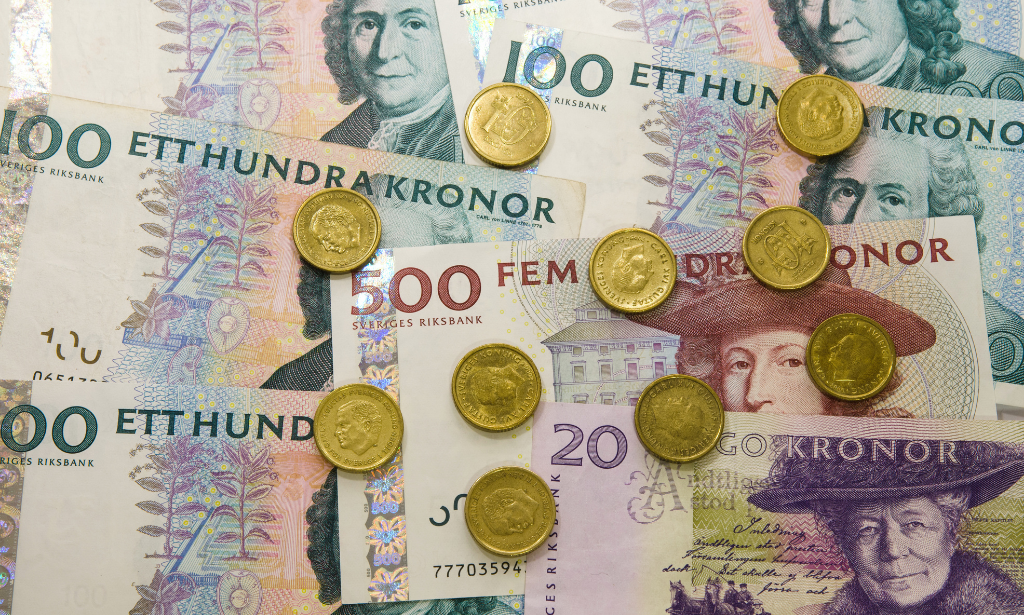October’s inflation data out of Sweden, the last edition before the Riksbank’s final policy meeting of the year on November 23rd, undershot analyst expectations but continued to outpace the central bank’s September projections.
CPI with fixed interest rates (CPIF), the target measure used by the Riksbank, increased by 0.2pp on the month to 4.2% YoY, splitting the difference between analyst expectations of 4.4% and the Riksbank’s September projections of 4.08%. The uptick on the month in the headline measure was largely due to energy base effects, although the increase in energy prices undershot analyst expectations. The sell-side forecast error was also compounded by the fact that core services inflation also fell back from September’s fast pace, with the monthly pace of core CPIF dropping from 0.5% to 0.1%.
While we await further details from the CPIF breakdown from the Riksbank, at first glance it seems as if September’s inflation surge was a one-off shock.
Excluding energy, which gives a better read of underlying inflation, CPIF fell considerably on the month, from 6.9% to 6.1% YoY. This once again landed in the middle of analyst expectations and the Riksbank’s forecasts, which sat at 6.3% and 5.95% respectively. On the whole, the Riksbank will take some confidence in the fact that domestically driven inflation has begun to moderate, with October’s inflation pressures largely stemming from variables that are either outside of their control or are a by-product of policy tightening itself. This is shown in the standard CPI components which are initially published, with housing and electricity costs contributing 0.24 percentage points to headline inflation and food contributing 0.05pp.
Core inflation continues to fall, albeit at a slower pace than the Riksbank has forecast over the past year

As mentioned, we still await the breakdown of the CPIF basket, which excludes mortgage costs due to the feedback loop they have with tighter monetary policy. Nevertheless, we get a preliminary indication on what that will look like from the standard CPI basket.
Here, services inflation notably fell, with price growth in recreation and culture dropping from 0.76% to 0.68% MoM and the pace of price increases in restaurants and hotels deflating from 0.61% to -0.51% on the month. This is consistent with falling services PPI, a loosening in the labour market, and PMIs that suggest Sweden’s economy remains in contractionary territory. While on the surface, this should give the Riksbank some confidence that monetary policy is effectively calibrated and that inflation will ultimately fall to 2% as per their medium-term forecasts, we still think the central bank will hike policy rates next week. This is because the Riksbank remains highly sensitive to further SEK depreciation, and the effects currency weakness has on imported inflation – as evidenced in Norway’s latest inflation reading. Therefore, to guard against any further SEK depreciation and future upside risks to inflation, we expect the Riksbank to hike the policy rate one final time to a terminal level of 4.25%. In the near-term, this should be supportive for SEK and see the currency trade back towards 11.5, the lower end of its recent range against the euro.
Author:
Simon Harvey, Head of FX Analysis
 Login
Login
